If you’re Japanese, you’ve undoubtedly heard of Oda Nobunaga at least once. But do you know what he actually did? Nobunaga was a revolutionary figure for his time, with forward-thinking ideas and overwhelming charisma and leadership that brought Japan to the brink of unification. He was known for his unconventional and audacious actions, as well as his cold and ruthless personality, leaving behind many fascinating episodes.
From well-known events like the Battle of Okehazama and the Incident at Honnō-ji, which are covered in textbooks, to lesser-known stories about his personality and life, this comprehensive introduction will explore who Oda Nobunaga was and what he accomplished.
Who Was Oda Nobunaga?
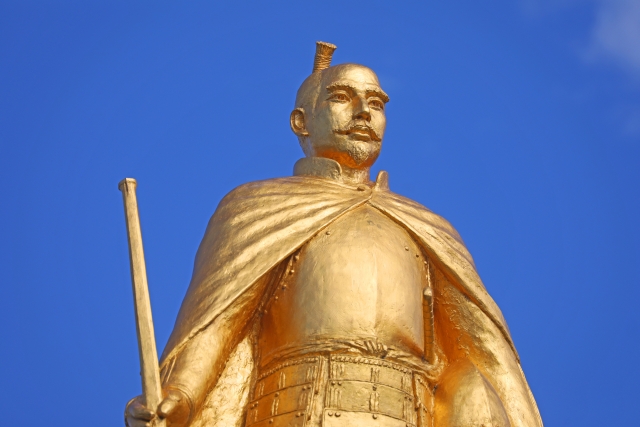
Oda Nobunaga was a prominent warlord who played a crucial role during Japan’s Sengoku period and into the Azuchi-Momoyama period. The era in which Nobunaga lived was characterized by ongoing conflict among regional lords (daimyos) vying for the unification of Japan. Born in Owari Province (present-day western Aichi Prefecture) as the eldest son of Oda Nobuhide, Nobunaga rose to prominence after settling a family succession dispute. At a young age, he emerged as a significant military leader, defeating Imagawa Yoshimoto at the Battle of Okehazama, thus becoming the daimyo of Owari and rapidly expanding his influence.
Nobunaga supported Ashikaga Yoshiaki and marched to Kyoto, later expelling Yoshiaki to establish the Oda administration in the Kinai region. This move extended his influence nationwide, bringing him to the brink of unifying Japan. However, in 1582, Nobunaga’s life ended in betrayal when his retainer Akechi Mitsuhide rebelled against him at Honnō-ji Temple.
Following Nobunaga’s death, his vision of unification was realized by his successors, Toyotomi Hideyoshi and Tokugawa Ieyasu. Oda Nobunaga is remembered as a pivotal figure in Japanese history, renowned for his charismatic leadership, innovative military strategies, and political acumen.
A Brief Timeline of Oda Nobunaga
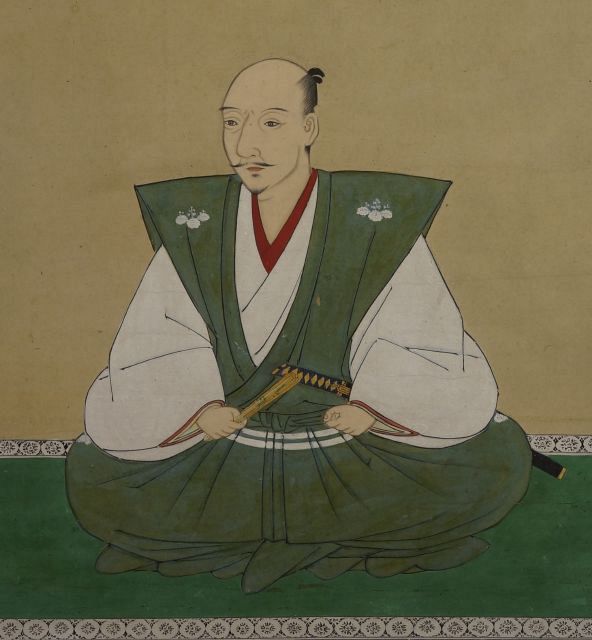
Let’s take a look at the key events in Oda Nobunaga’s life in a simple timeline format.
| Year | Events |
| 1534 | Born into the Oda Danjō no Jō family, deputy governors of Owari Province |
| 1560 | Defeated Imagawa Yoshimoto at the Battle of Okehazama |
| 1568 | March to Kyoto |
| 1571 | Siege of Mount Hiei |
| 1573 | Fall of the Muromachi Shogunate |
| 1575 | Battle of Nagashino |
| 1577 | Introduction of the Rakuichi-Rakuza System |
| 1582 | Forced to commit suicide during the Incident at Honnō-ji |
1560 Battle of Okehazama
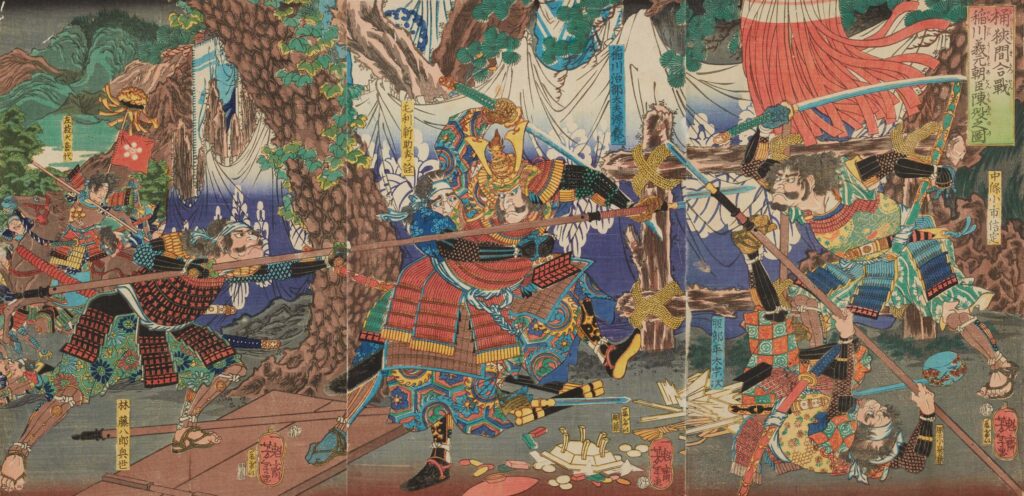
The Battle of Okehazama occurred on June 12, 1560, and was a historic battle in which Oda Nobunaga defeated the powerful daimyo Imagawa Yoshimoto. Imagawa Yoshimoto, who controlled the provinces of Suruga, Tōtōmi, and Mikawa (present-day central Shizuoka Prefecture and eastern Aichi Prefecture), was known as one of the most formidable military leaders of the time and was considered a top contender to unify Japan.
When Imagawa Yoshimoto invaded Owari Province (present-day western Aichi Prefecture), Nobunaga confronted him with only 2,000 soldiers. Despite being vastly outnumbered by Imagawa’s 25,000 troops, Nobunaga achieved a remarkable victory and killed Yoshimoto. This battle showcased Nobunaga’s military strategy and courage, significantly enhancing his reputation.
The defeat of Imagawa Yoshimoto at the Battle of Okehazama drastically altered the political landscape. It helped Tokugawa Ieyasu to gain independence and prompted Takeda Shingen to begin his invasion of Suruga Province, influencing the subsequent events of the Sengoku period.
1568 March to Kyoto
Oda Nobunaga’s march to Kyoto in 1568 was a crucial military campaign aimed at entering the city and installing Ashikaga Yoshiaki as the 15th shogun of the Muromachi shogunate. At that time, the Muromachi shogunate was in disarray following the assassination of the previous shogun during the Eiroku Incident, leading to a power struggle for succession.
After consolidating his control over Mino Province (present-day Gifu Prefecture), Nobunaga supported Ashikaga Yoshiaki and escorted him to Kyoto. Since the shogun needed to be formally appointed by the imperial court, Yoshiaki had to travel to Kyoto. However, the journey through various territories was unsafe, making Nobunaga’s military support essential.
By successfully installing Yoshiaki as shogun, Nobunaga gained significant influence within the Muromachi shogunate, laying the foundation for his bid to unify Japan.
1571 Siege of Mount Hiei
The Siege of Mount Hiei took place on September 12, 1571, and was a large-scale military action carried out by Oda Nobunaga. The conflict arose when the Asai and Asakura clans, who opposed Nobunaga, sought refuge at Enryaku-ji Temple on Mount Hiei. Nobunaga warned the temple to stop supporting his enemies, but when the temple ignored his warnings, he decided to attack.
Nobunaga’s forces burned down the entire temple complex over three days, mercilessly killing monks and civilians who failed to escape. This brutal act caused significant destruction to the temple and the loss of many cultural treasures. The Siege of Mount Hiei is remembered as an example of Nobunaga’s ruthlessness and had a profound impact on his political standing, turning many daimyo against him.
1573 Fall of the Muromachi Shogunate
The fall of the Muromachi shogunate occurred in 1573 when Oda Nobunaga ended the rule of the Ashikaga shoguns. After a series of disagreements with Shogun Ashikaga Yoshiaki, Yoshiaki gathered support from various daimyo to form an anti-Nobunaga coalition. This included Takeda Shingen, but Shingen’s sudden death during the campaign averted the immediate threat to Nobunaga.
Seizing the opportunity, Nobunaga expelled Yoshiaki from Kyoto, thus ending the Muromachi shogunate’s 230-year reign. This action allowed Nobunaga to establish the Oda administration and solidify his control over Japan.
1575 Battle of Nagashino
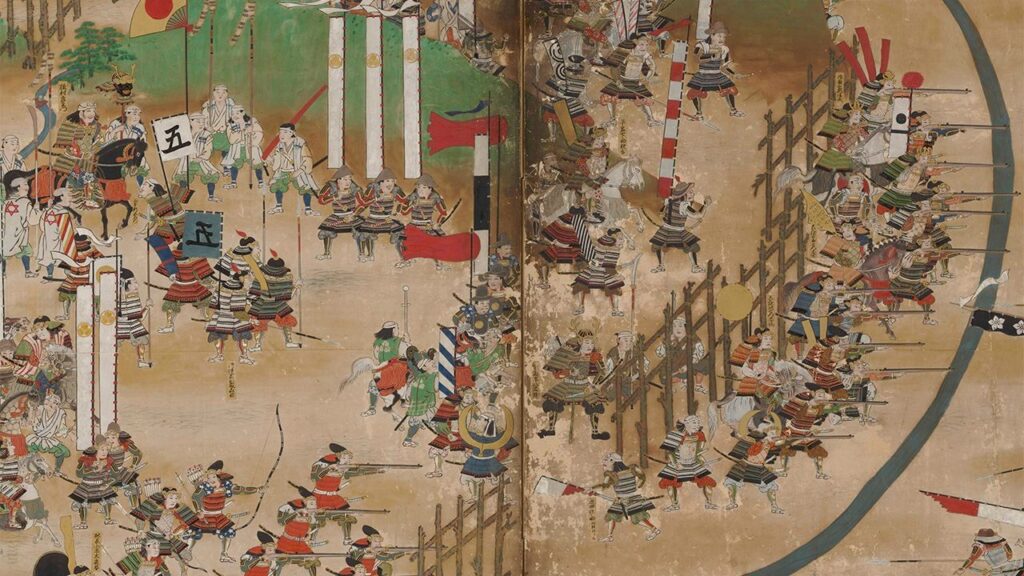
Battle of Nagashino
The Battle of Nagashino, which occurred on June 29, 1575, was a decisive battle where Oda Nobunaga’s forces defeated the cavalry of Takeda Shingen. This battle is particularly known for Nobunaga’s innovative use of firearms.
Due to the time required to load and fire guns, they were generally at a disadvantage in regular combat. However, Nobunaga adopted a tactic of dividing his gunmen into three groups, allowing them to fire in rotation. This strategy enabled continuous firepower, effectively immobilizing the enemy.
Moreover, to counter the powerful cavalry charges of the Takeda army, Nobunaga set up wooden barricades and had his 3,000 musketeers conduct volley fire from behind these defenses. This tactic successfully halted the swift and strong Takeda cavalry, resulting in a major victory. The victory at Nagashino marked a significant turning point in Sengoku-period warfare and demonstrated the effective use of firearms, influencing the entire nation of Japan.
Introduction of the Rakuichi-Rakuza System in 1577
Rakuichi-Rakuza was an innovative economic policy implemented by Oda Nobunaga in 1577 to promote commercial development in castle towns. This policy abolished the privileges of traditional merchant guilds known as “za” and created an environment where anyone could freely engage in commerce, termed “rakuza.” Additionally, Nobunaga exempted merchants from taxation in castle towns, known as “rakuichi,” allowing them to increase their profits.
This policy promoted the liberalization of commerce, bringing significant benefits to merchants and revitalizing economic activity. Furthermore, by stripping the traditional commercial guilds of their privileges, Nobunaga weakened the power of the aristocracy and temples that had previously profited from these guilds. This policy transformed the economic structure of the Sengoku period and greatly contributed to the development of the market economy.
Death of Oda Nobunaga
Oda Nobunaga’s death was caused by his forced suicide during the Incident at Honnō-ji. On June 21, 1582, Nobunaga was attacked by his trusted retainer, Akechi Mitsuhide, and ultimately took his own life. Nobunaga was staying at Honnō-ji Temple in Kyoto when he was suddenly surrounded by Mitsuhide’s forces. Mitsuhide had originally been ordered to campaign in the Chugoku region but instead redirected his army to Honnō-ji to launch a surprise attack on Nobunaga. At that time, Nobunaga had only about 200 guards, and unable to respond adequately, he was forced to commit suicide.
After the Incident at Honnō-ji, Mitsuhide took control of Kyoto and moved to establish his own regime. However, upon learning of the incident, Toyotomi Hideyoshi quickly concluded a peace treaty with the Mōri clan and hurried back to Kyoto. Just 11 days after the Incident at Honnō-ji, Hideyoshi defeated Mitsuhide at the Battle of Yamazaki.
This event facilitated Hideyoshi’s rise to power and marked a crucial turning point leading to the end of the Sengoku period. The Incident at Honnō-ji, resulting in Nobunaga’s sudden death, is recorded as a major event in the Sengoku period and significantly influenced subsequent Japanese history.
Oda Nobunaga’s Personality
Oda Nobunaga, who caused various historical events, had a personality characterized by advanced and rational thinking, as seen in the Battle of Nagashino and the implementation of the Rakuichi-Rakuza system. His numerous victories in battles were often attributed to his rationality, which also made him cautious about engaging in unwinnable battles. Nobunaga was also a dynamic and energetic individual, as demonstrated by his actions against Imagawa Yoshimoto at the Battle of Okehazama and his eventual control and dismantling of the Muromachi shogunate.
Confident in himself, Nobunaga often had a one-man approach, rarely listening to advice, and had a strong meritocratic and success-oriented personality, making strict demands of his retainers. Conversely, he was flexible enough to flatter superiors to navigate his way through political landscapes.
On the other hand, Nobunaga’s ruthless and cold-blooded side was also evident, as seen in his attacks on the Enryaku-ji Temple on Mount Hiei, the annihilation of the Ikko-ikki uprisings in Nagashima and Echizen, and the suppression of the Tensho Iga War. His cruelty in these actions surpassed that of other Sengoku warlords, reflecting his relentless rationality in pursuit of victory.
Nobunaga’s personality is also reflected in many of his famous quotes. If you are interested in Oda Nobunaga’s quotes, please read this article!
Episodes of Oda Nobunaga
Oda Nobunaga, known for his significant influence during the Sengoku period, has many fascinating episodes in his life. Here are a few of them.
Called a Fool in His Childhood
Before becoming a major force during the Sengoku period, Oda Nobunaga had a very unique childhood. In 1546 (Tenbun 15), he came of age at just 13 years old, and the following year, he made his first appearance in battle, starting his destiny as a samurai early. However, during this time, Nobunaga was known for his eccentric fashion and unconventional behavior, earning him the nickname “The Great Fool.”
This nickname stemmed from his free-spirited behavior, which often defied social norms, making it difficult for his retainers and contemporaries to understand him. Additionally, while his father Nobuhide struggled with attacks from Mino and Suruga, Nobunaga’s actions were a source of concern for his retainers.
Amidst this, an experienced retainer of the Oda family, Toshihide, intervened and arranged a reconciliation with the daimyo of Mino, Saitō Dōsan. As part of this reconciliation, Nobunaga married Saitō Dōsan’s daughter, Kichō (later known as Nōhime), at the age of 16. This marriage strengthened Nobunaga’s political position and helped to change his reputation.
Surprisingly Just and Compassionate?
Oda Nobunaga is often known as a strict leader, sometimes referred to as the “Demon King of the Sixth Heaven,” but he also had a sense of justice and compassion. One specific episode that highlights this side of him involves a disabled man living near the border of Mino and Omi, known as “The Monkey of the Mountains.” Nobunaga gave this man 20 bolts of cotton and instructed the villagers to use the money from selling the cotton to build him a hut and provide him with wheat and rice annually. This act of kindness moved the villagers to tears.
Additionally, Nobunaga’s treatment of Hideyoshi’s wife, Nene, demonstrates his compassionate nature. When Nene was upset about Hideyoshi’s infidelity, Nobunaga took her side, sending her an encouraging letter. In the letter, Nobunaga praised Nene’s beauty, criticized Hideyoshi’s behavior, and advised her to act confidently, even mocking Hideyoshi by calling him “bald rat” instead of his usual nickname “monkey.”
These actions show that Nobunaga was not merely a ruthless warlord but a person with a sense of justice and deep compassion. This is an essential aspect to understand his multifaceted personality.
Oda nobunaga Loved Tea

It is evident from numerous episodes that Oda Nobunaga was extremely passionate about the tea ceremony. After he entered Kyoto, he received valuable tea utensils highly regarded by tea masters, such as the “Tsukumo Kami” tea container and the “Matsushima No Tsubo” tea jar from Imai Sōkyū, a merchant and tea master from Sakai. Receiving these tea utensils marked the beginning of Nobunaga’s deep immersion into the world of the tea ceremony.
Nobunaga’s passion for tea was such that he preferred the tea ceremony over his three daily meals, demonstrating an enthusiasm that surpassed even his interest in food. Furthermore, Nobunaga showcased his cultural tastes and authority through the tea ceremony by having feudal lords present him with renowned and noble tea utensils. This profound appreciation for the tea ceremony reflects Nobunaga’s personality and his sophisticated sense of culture.
Oda Nobunaga’s Tolerance of Christianity
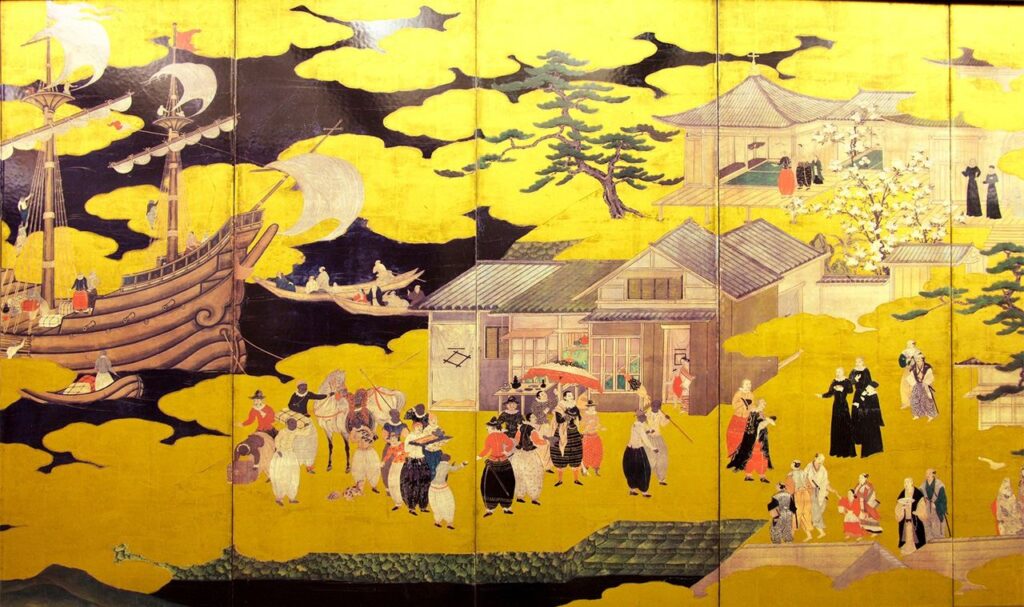
The era in which Oda Nobunaga lived was the Age of Exploration, a time when Spaniards and Portuguese crossed the seas and reached Japan, bringing various new cultures and items. One of these was Christianity. At that time in Japan, the prevailing view was that Christianity should be suppressed because it encouraged people of lower status to believe in Christ and potentially rebel, making it difficult to govern territories. However, Oda Nobunaga accepted Christianity and allowed missionaries to evangelize and practice their faith freely in Kyoto, where he held power.
Nevertheless, Oda Nobunaga himself was not a Christian. He was also not a Buddhist. Nobunaga was a rationalist and did not believe in gods, so he did not follow any particular religion. It is said that he believed it was not rational to exclude a specific religion and that there was no reasonable justification to prohibit freedom of belief. Therefore, he did not eliminate Christianity, as it was not rational to do so, and he saw no rational reason to ban religious freedom.
The Black Samurai Yasuke’s Appointment
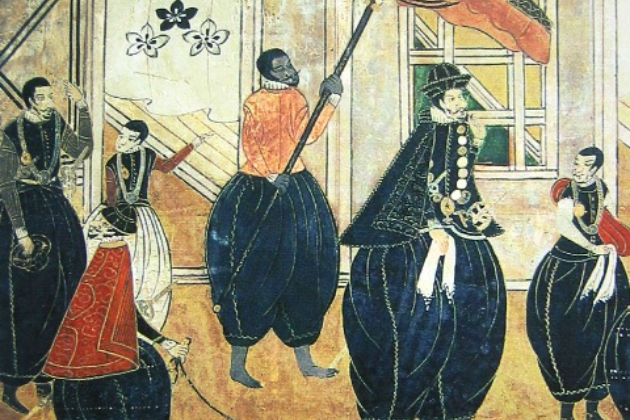
Oda Nobunaga is also known for employing Yasuke, a black samurai who was rare at the time. Yasuke was a black servant (slave) from Mozambique, brought to Japan from India in 1579 by Jesuit inspector Alessandro Valignano. Nobunaga, upon seeing a black person for the first time in Japan, was extremely intrigued by Yasuke. Initially, Nobunaga suspected that Yasuke’s black skin was ink-painted, and when Yasuke washed, revealing even more lustrous black skin, Nobunaga was astonished.
Due to Nobunaga’s curiosity, Yasuke was transferred from Valignano and placed by Nobunaga’s side as a samurai. Nobunaga did not discriminate against Yasuke despite his status as a slave. Nobunaga gave Yasuke a residence and a short sword and reportedly had plans to elevate him to a position of holding a castle in the future. In 1582, during the Incident at Honnō-ji, Yasuke stayed with Nobunaga at Honnō-ji. When the incident occurred, Yasuke rushed to Nijo Castle to deliver the news of the rebellion to Nobunaga’s heir, Nobutada. He fought against Akechi’s forces but was captured.
Akechi Mitsuhide decided to spare Yasuke’s life, considering him an animal-like being who knew nothing. As a result, Yasuke was saved and sent to the Nanban-ji church.
The First Japanese Person to Eat Bananas and Konpeito

The anecdote that Oda Nobunaga was the first Japanese person to eat bananas and konpeito (sugar candy) is an interesting episode that illustrates the cultural exchange between Japan and foreign countries during the Sengoku period. According to this story, Jesuit missionary Luís Fróis presented these foods to Nobunaga.
Although there are no official records about the bananas, there is a tradition that they were among the foods Fróis presented. Regarding konpeito, it is said that Fróis gave Nobunaga beautiful sugar candies in a transparent flask, which delighted Nobunaga immensely.
Furthermore, the missionaries also brought other sweets like castella, ariheito (sugar candy), and bolo to Japan. These sweet confections were strategically used as part of their missionary activities.
In this way, Nobunaga was open to foreign cultures and had the unique experience of tasting Japan’s first bananas and konpeito. This episode demonstrates the introduction of new food cultures to Japan and Nobunaga’s acceptance of different cultures.
Nobunaga was the first Japanese person to understand that the Earth is round.

Oda Nobunaga is also known for employing Yasuke, a black samurai who was rare at the time. Yasuke was a black servant (slave) from Mozambique, brought to Japan from India in 1579 by Jesuit inspector Alessandro Valignano. Nobunaga, upon seeing a black person for the first time in Japan, was extremely intrigued by Yasuke. Initially, Nobunaga suspected that Yasuke’s black skin was ink-painted, and when Yasuke washed, revealing even more lustrous black skin, Nobunaga was astonished.
Due to Nobunaga’s curiosity, Yasuke was transferred from Valignano and placed by Nobunaga’s side as a samurai. Nobunaga did not discriminate against Yasuke despite his status as a slave. Nobunaga gave Yasuke a residence and a short sword and reportedly had plans to elevate him to a position of holding a castle in the future. In 1582, during the Incident at Honnō-ji, Yasuke stayed with Nobunaga at Honnō-ji. When the incident occurred, Yasuke rushed to Nijo Castle to deliver the news of the rebellion to Nobunaga’s heir, Nobutada. He fought against Akechi’s forces but was captured.
Akechi Mitsuhide decided to spare Yasuke’s life, considering him an animal-like being who knew nothing. As a result, Yasuke was saved and sent to the Nanban-ji church.
Summary
What did you think? This time, we introduced the timeline, events, personality, and episodes of Oda Nobunaga. Many of you might be fascinated by the history of Oda Nobunaga, who was a highly rational, action-oriented, and overwhelmingly charismatic leader who swept through the Sengoku period. The personality and episodes of Oda Nobunaga were also extremely interesting. Knowing such behind-the-scenes stories can provide a different perspective and make studying history even more enjoyable.



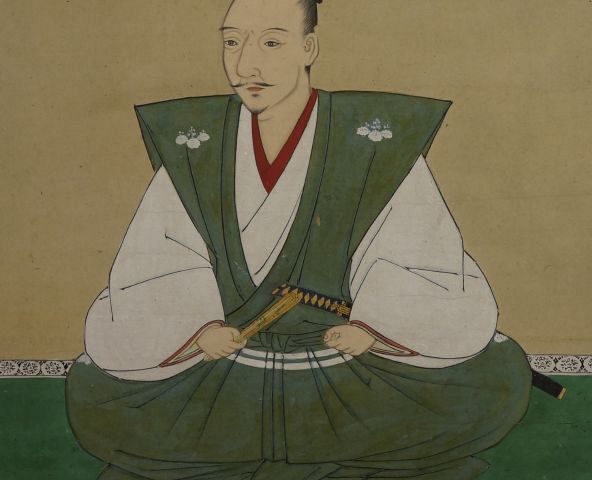
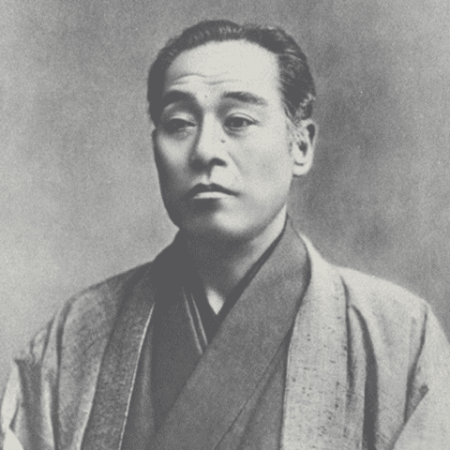
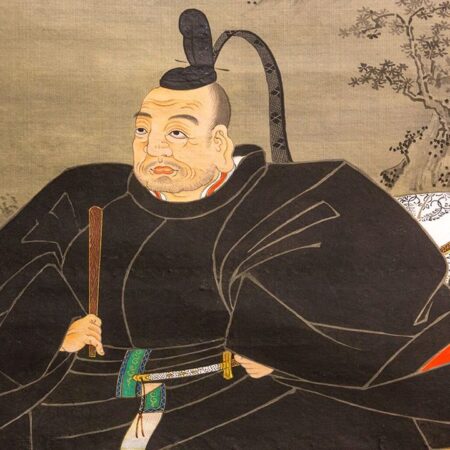
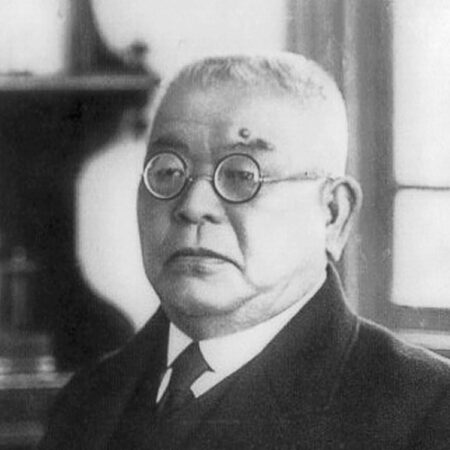
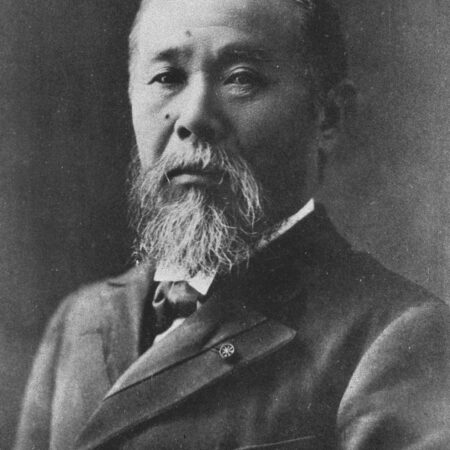
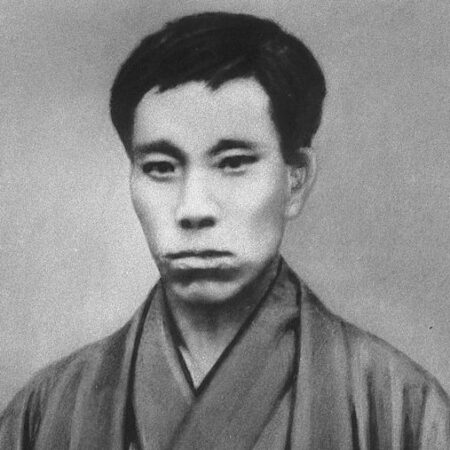
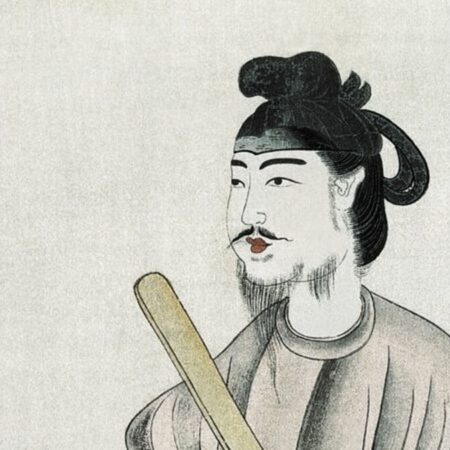
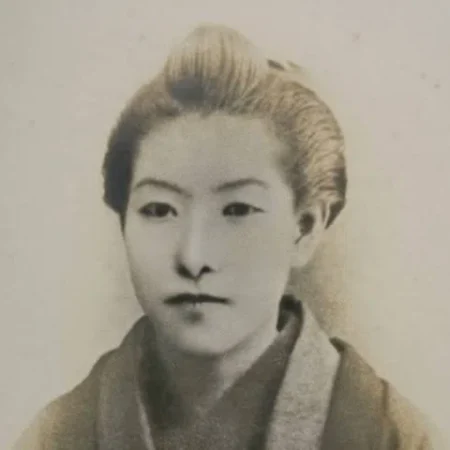
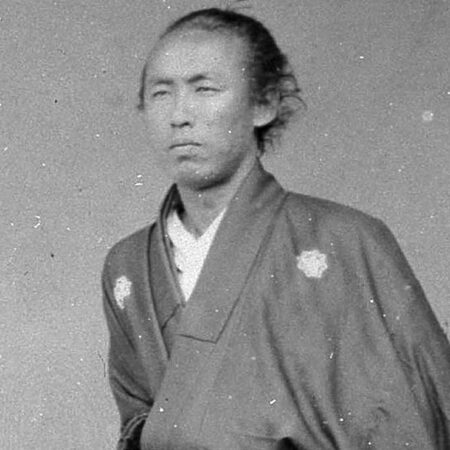



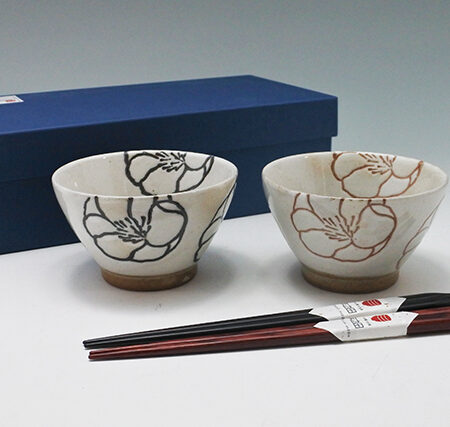
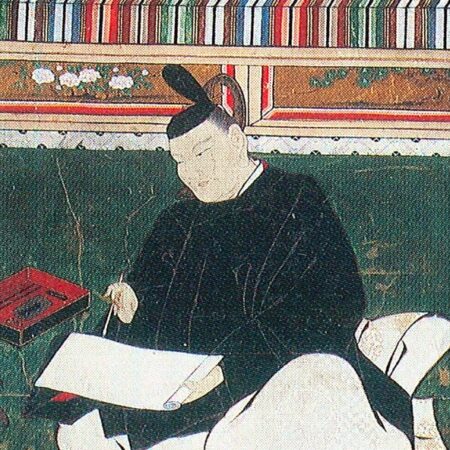
コメント